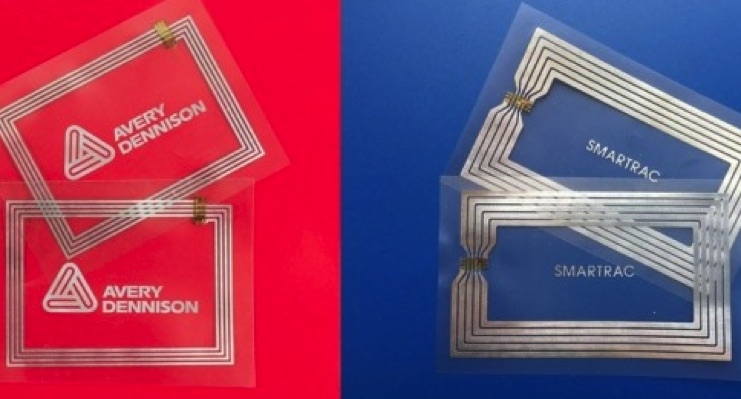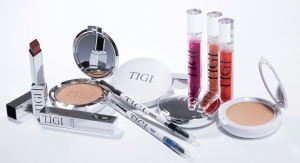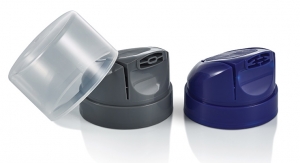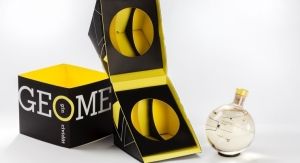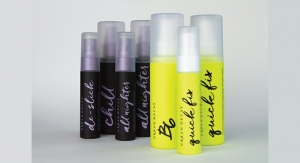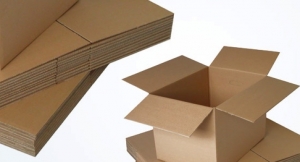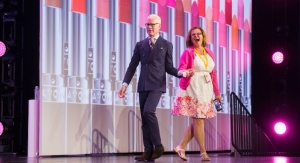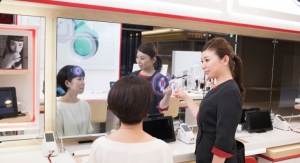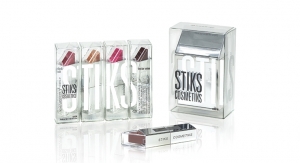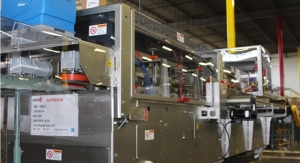Sean Milmo, European Editor, Printed Electronics Now11.30.17
Smart packaging is now reaching new levels of versatility, which is increasing its appeal to brand owners and other end-users.
But despite progress in reducing costs to levels closer to those of conventional packaging, they are still a barrier to broadening smart packaging’s attraction, particularly in large consumer product sectors.
High growth areas for smart packaging are tending to be sectors less influenced by packaging costs such as pharmaceuticals and applications like personalization, particularly when the objective is to open up channels of communications with individual consumers.
Higher costs are being offset by the increased effectiveness of marketing strategies based on the analysis of the rising quantities of customer data starting to be yielded by smart packaging.
These were among the main messages from a recent conference on smart packaging at Cambridge University, England, organized jointly by the university’s Centre for Innovative Manufacturing in Large-Area Electronics and the Frankfurt-based Organic and Printed Electronics Association (OE-A).
Costs are Coming Down
Costs have now been brought down to $0.10 per unit of packaging, but producers are still struggling to bring them down further to a few cents per unit, which is what many brand owners are demanding before they commit themselves to the application of smart packaging on a broad scale.
However, some European flexible electronics manufacturers concentrating on large-scale production, have been able to achieve big cuts in costs.
Scott White, chief executive of PragmatIC, a specialist in the production of low-cost flexible integrated circuits for mass market applications, told the meeting that smart items for Internet of Things (IoT) applications could be produced at a cost of as low as $0.01 or even lower.
His company is working on low cost flexible ICs thinner than human hair that can be made at a “sub-cent” cost for application in trillions of smart objects.
“We have flexible ICs with less than 10 microns thickness which have a lower cost than silicon – over 90 percent lower than (conventional) IC costs and with up to 80 percent lower overall tag costs,” he said.
His company is involved with software company ARM in the development of a 32-bit microprocessor for a thin film flexible IC of metal oxides on a polymer substrate with a 1-cent per unit cost. “It will be available on the market in two years,” said White.
Torbjoern Eriksson, VP, program and facility management, Thinfilm, outlined a corporate strategy focused beyond the company’s core competence of thin film memories with low cost often being less of a priority.
In addition to memories and their production, his company is now active in the development and production of near field communication (NFC) products and technologies, displays, sensors and software.
“We are scaling to the billions of units (per) year through roll-based manufacturing,” Eriksson said.
Thinfilm has developed a thin form structure with a stainless steel substrate, but it is up to six times more expensive than PET and more than twice the cost of polyimide, Eriksson noted.
In an overview of his organisation’s research projects, Jukka Hast, research manager at Finland’s VTT Technical Research Centre, showed how European research bodies are now active in a broad range of smart packaging technologies.
These include touch and proximity sensors, flexible light sources, wireless power supply, energy harvesting and electronics structures.
With Finland being one of Europe’s major pulp and paper producers, VTT does a lot of research work in paper-based electronics. “Paper has distinct functional advantages in electronics with the potential for its fibres to have semiconductive and dielectric properties,” said Hast.
VTT is developing a wide range of paper electronics applications using interactive and bioactive and other types of paper as a way of differentiating labels, stickers, coasters and greeting cards, safeguarding brand integrity, well-being monitoring and carrying out diagnostics.
Gael Depres, innovation manager for creative papers at Arjowiggins, explained how his company is expanding its electronics substrates supply business through a variety of printed electronics paper grades with ultra-smooth surfaces and high temperature resistance.
“Arjowiggins also designs, manufactures and sells finished paper products with electronics printed on them or with picked-and-placed components,” he said.
Its latest innovation is a paper printed circuit board. “It is still in the R&D phase but with very promising products, including printed sensors –pressure and temperature – and open detection,” he said. “It has an environmental advantage versus glass/epoxy PCBs because of its potential recyclability.”
Simon Johnson, electronics engineering manager for printable electronics at the UK-based Centre for Process Innovation (CPI), gave details of a CPI-run project for developing a process for manufacturing large quantities of smart labels for medicine packaging, particularly for clinical trials.
“The objective is to monitor (the condition of the medicines) at crate, shipper or package levels,” Johnson said. “Cost is not a primary concern as labels are intended for clinical use rather than commercial use.”
The labels have to meet the need for data logging every 15 minutes over a period of up to one month, corresponding to 2,880 data points. The labels use NFC communications and contain a processor, battery and sensor assembled on a PET substrate with a R2R process. CPI has successful conducted initial trials with the labels with shipments being made internationally.
“The next phase of work will reduce component thickness and replace discrete conventional components with printed ones,” Johnson reported.
Speakers at the conference stressed that the expansion of smart packaging depended on its ability to add value. Some warned that what packaging producers and suppliers considered to be added value was not necessarily in tune with the views of consumers.
“Temperature monitoring capabilities may be perceived by suppliers as adding value to packaging,” said White. “But consumers may have a different perception. They believe they are paying extra for something which to them is not an added value. We’ve got to communicate with consumers about the benefits of advances like temperature measurement so that they see them as having value.”
Read More
Experts Expect the RFID Market To Grow
The Evolution of Beauty Devices for Today’s Smart Consumers

